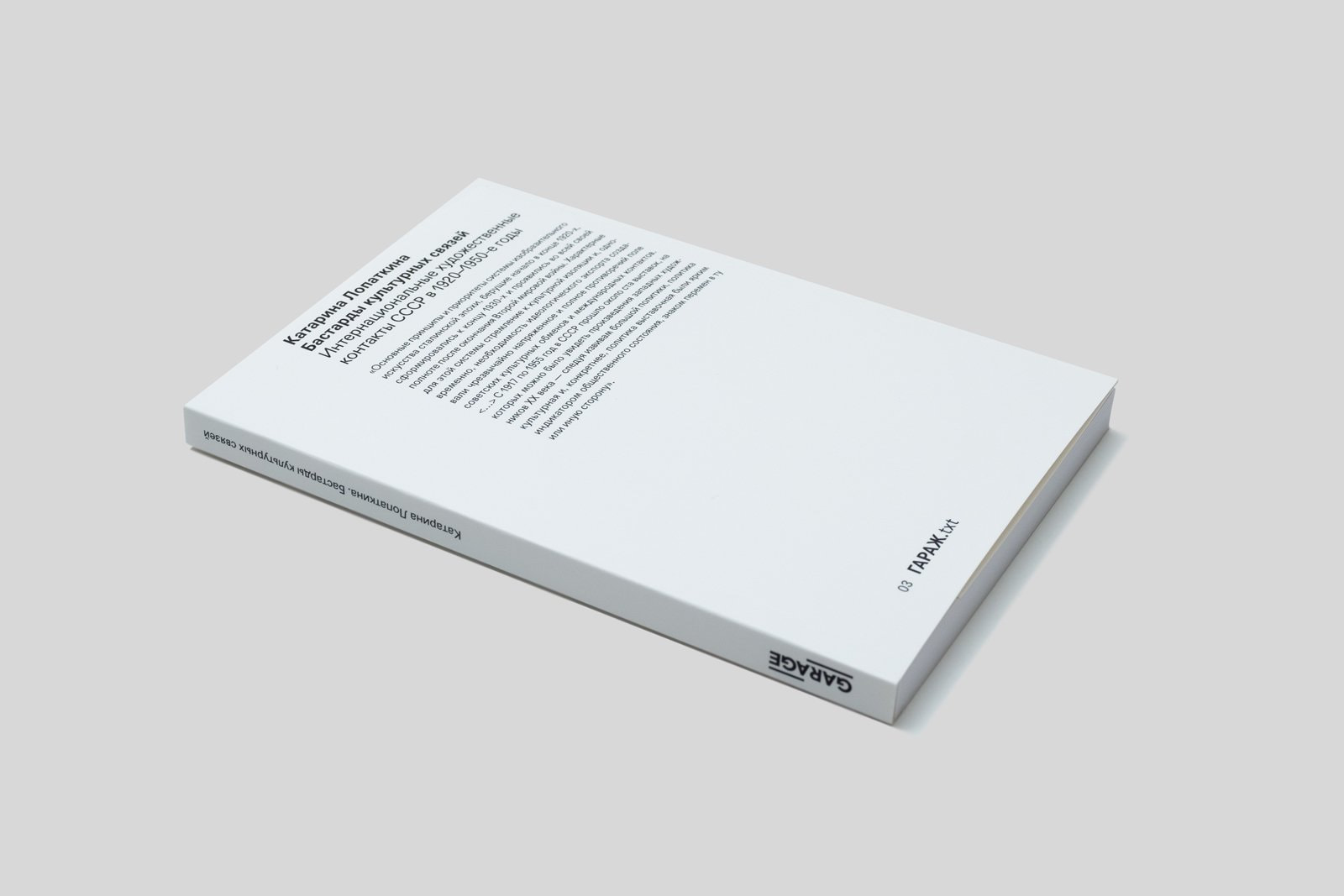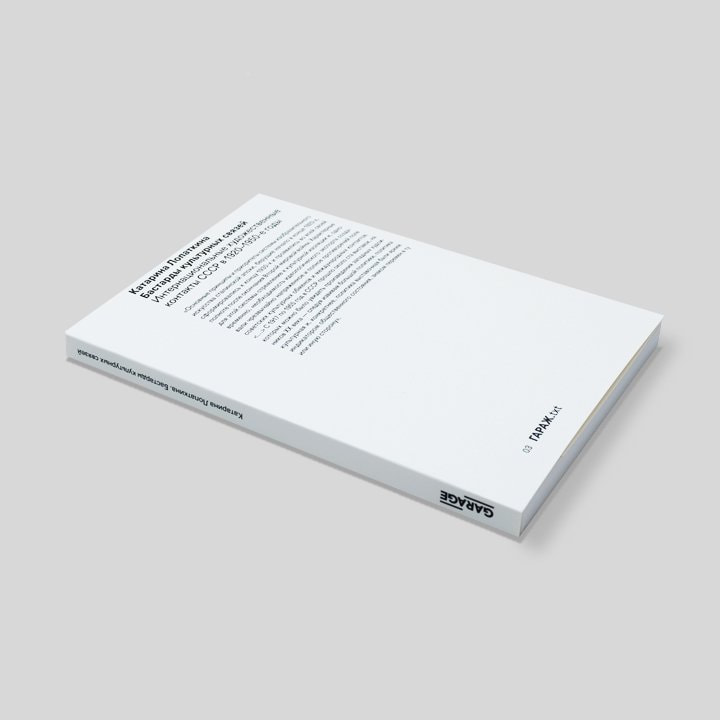The study by the art historian Katarina Lopatkina outlines and partly reconstructs the system of Soviet international artistic networks of the 1920s to 1950s, revealing a wide spectrum of divergent forces which came into action each time when “extraneous” elements of Western culture permeated the Soviet cultural field.
Based on archive materials, this research is the first work in Russian historiography that provides a detailed analysis of an entire range of typological forms of Western art’s presence in the environment dominated by the socialist realist canon.
“Originating in the 1920s, the basic principles and priorities of the visual art system of the Stalin era eventually formed by the end of the 1930s and fully manifested themselves after World War II. The aim for cultural isolation and, at the same time, the need in ideological export, which defined this system, created an intensely charged and controversial field of Soviet cultural exchanges and international contacts. […] From 1917 to 1955, around a hundred exhibitions featuring works by Western twentieth-century artists took place in the USSR: following in the twists of big politics, cultural policy, and in particular the exhibition policy, were bright indicators of the social state of affairs, a sign of changes in one or other direction.”

